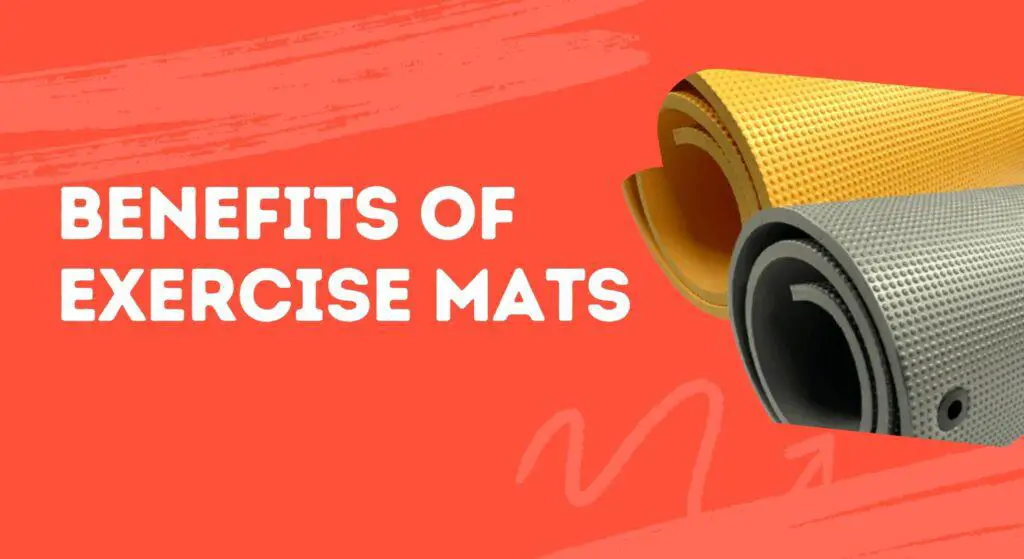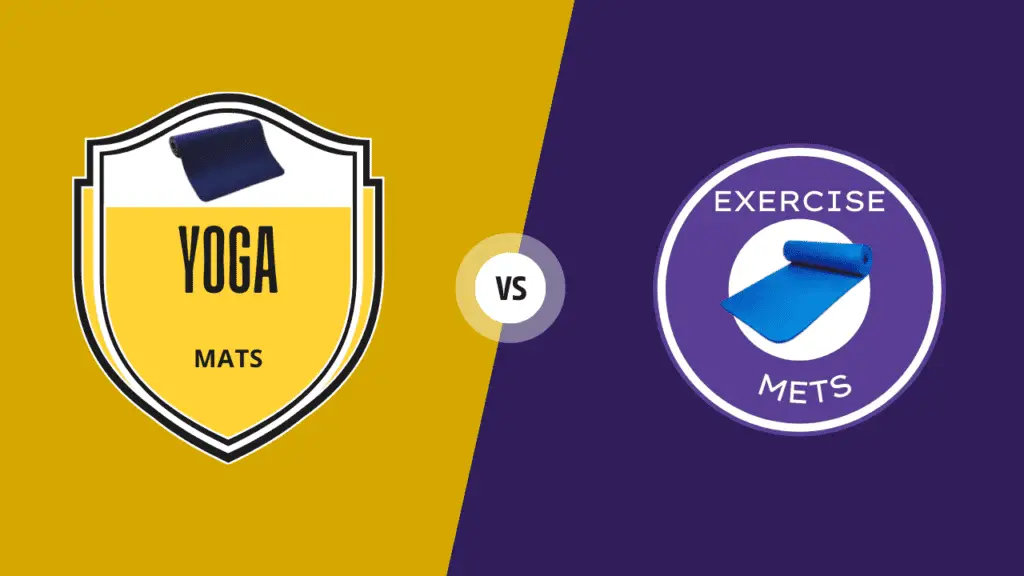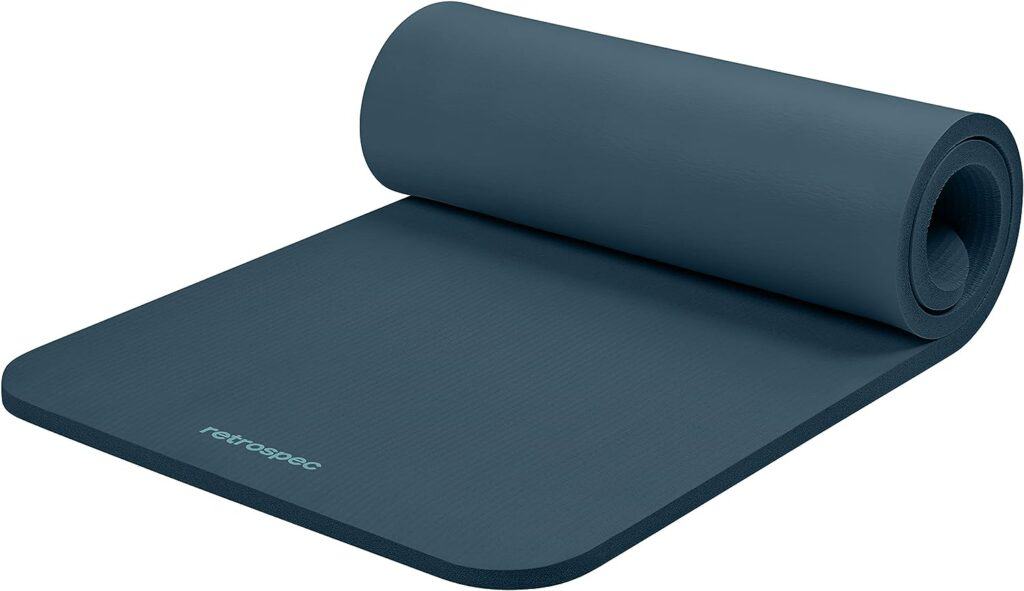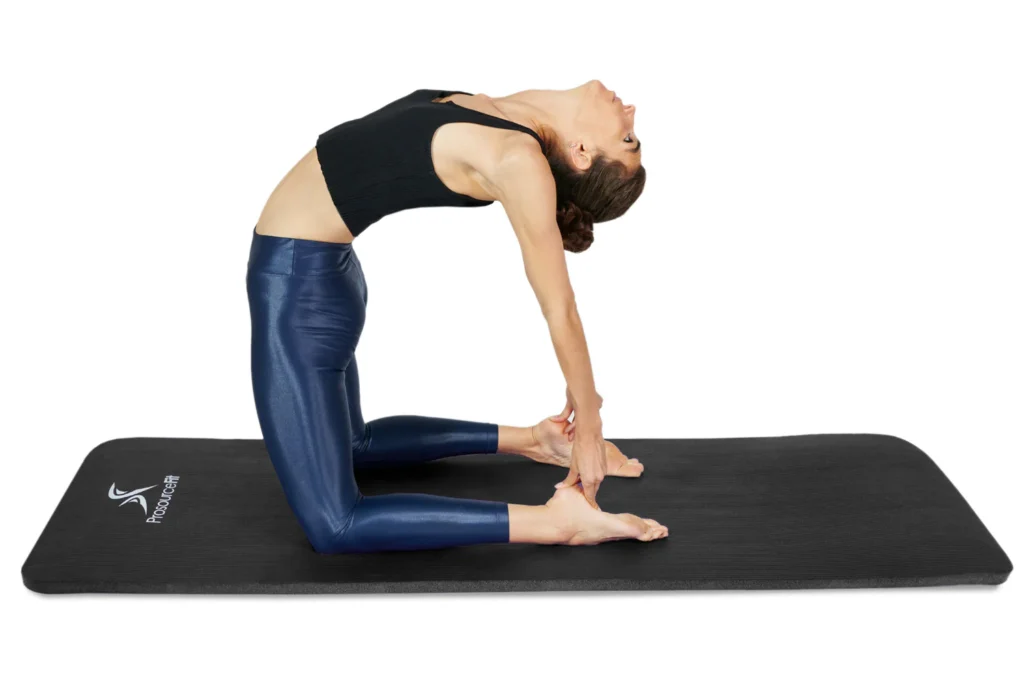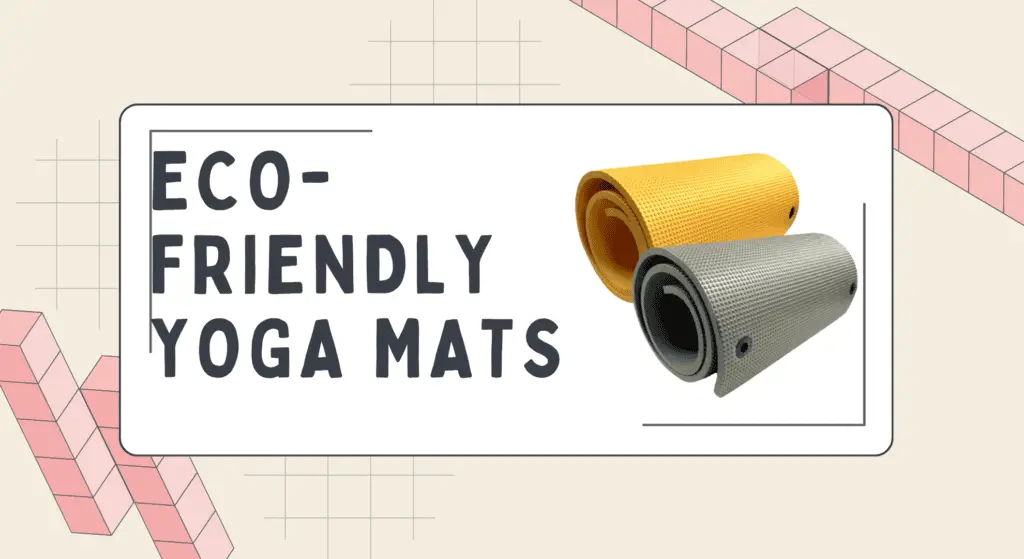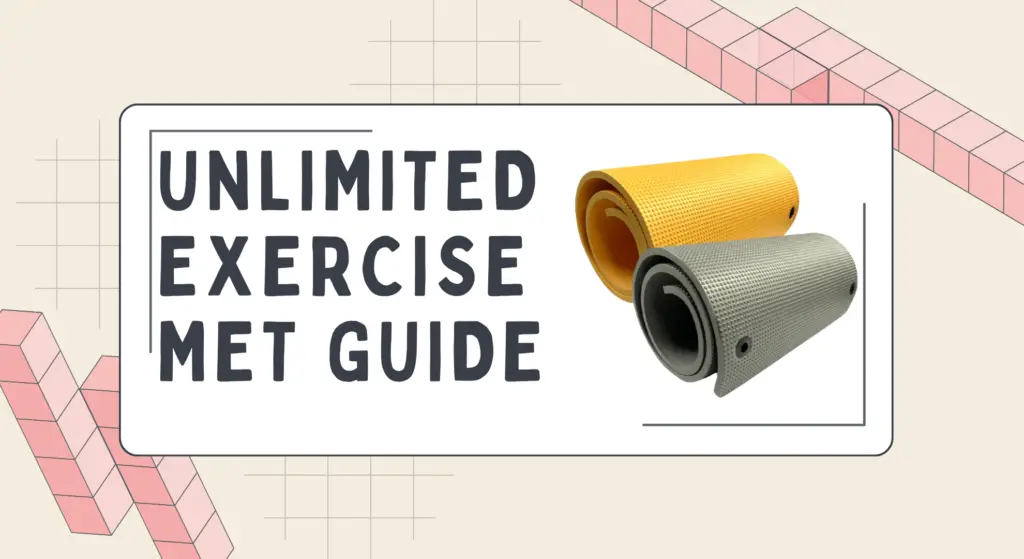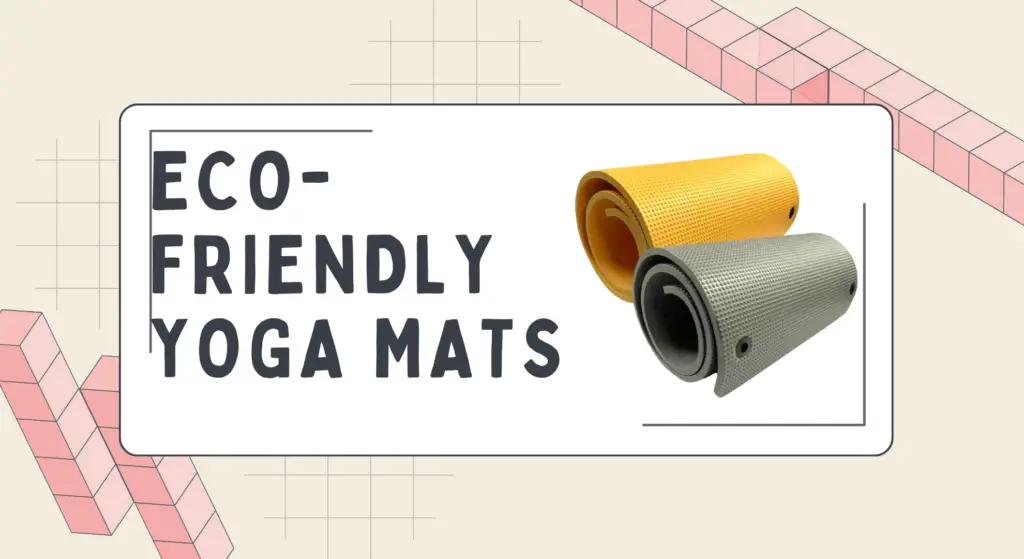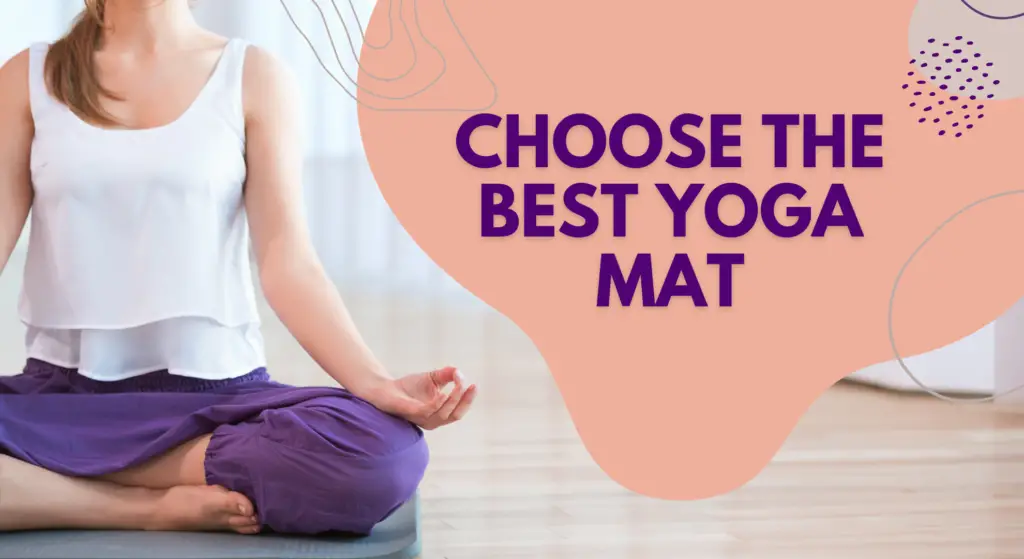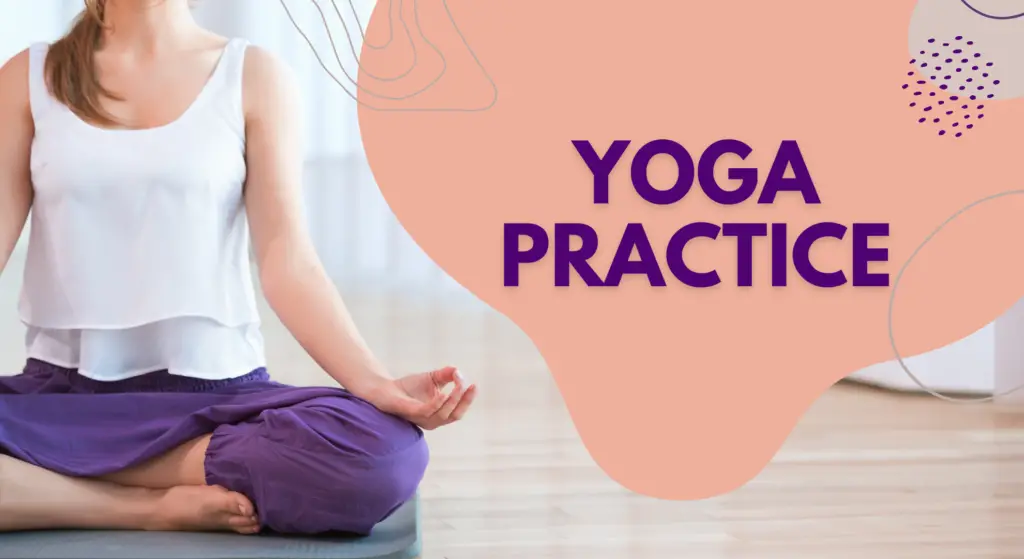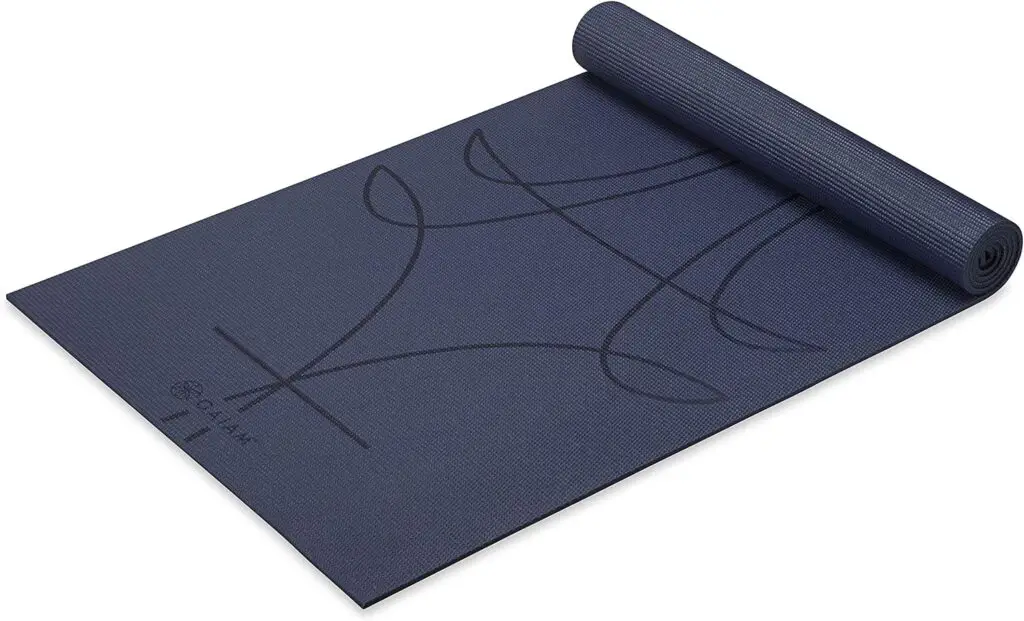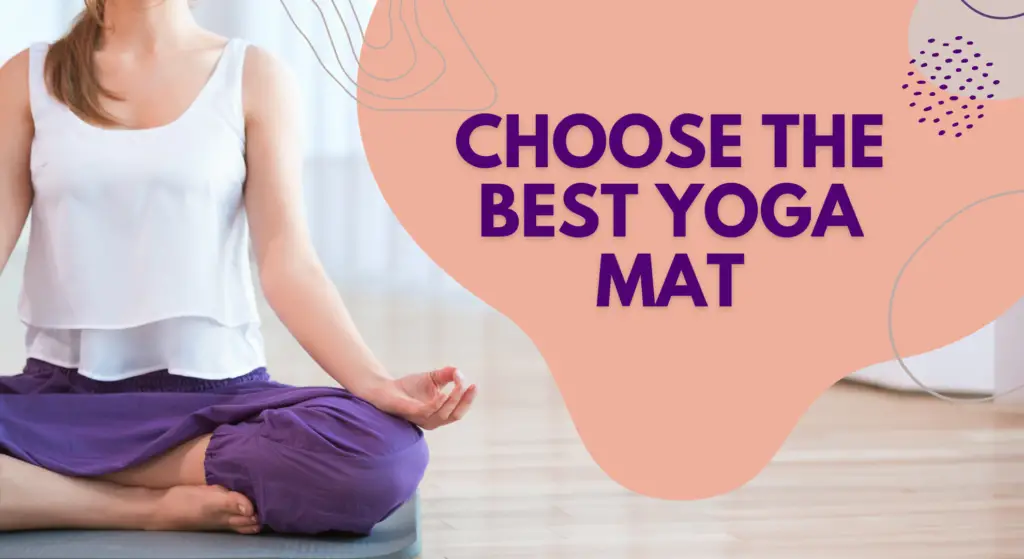
Yoga has become an increasingly popular practice for fitness, stress relief, and promoting overall well-being. As more people begin exploring yoga, it’s important to have the proper equipment to support your practice. One essential item for yogis is a quality yoga mat. Instead of traditional rubber and PVC mats, many yogis today are opting for sustainable cork yoga mats.
What are Cork Yoga Mats?
Cork yoga mats provide a natural, ecologically friendly alternative to standard synthetic mats. These mats are made from compressed cork harvested from the bark of cork oak trees. The cork oak is a subtropical evergreen oak tree native to southwest Europe and northwest Africa with a thick, spongy bark perfect for making buoyant, shock-absorbing mats.
The cork oak tree (Quercus suber) grows a new layer of cork every year underneath its outer bark. The outer bark is sustainably harvested every 9 years or so without harming the trees, which can live for over 200 years. After harvest, the cork bark regenerates and grows back over time while still protecting the tree. This renewable harvesting makes cork an environmentally sustainable material.
Cork is harvested by hand in an intricate process that requires skilled workers. The outer plank of the cork is carefully cut away from the tree in large pieces using axes. These planks are boiled to make them more pliable, then flattened and dried in warehouses. Quality inspections ensure no defects before grinding the cork into granules. These granules are boiled again and compressed into dense, resilient sheets under high heat and pressure. Punching out circles from these sheets produces the cork rounds layered to make yoga mats.
The result of this intricate process is an organic, biodegradable yoga mat material free of plastics and toxic chemicals. Cork yoga mats have a signature light tan color and a lightly textured surface that provides an exceptional grip. They come in a variety of sizes and thicknesses, from slim 1/8-inch travel mats to cushier 1/4-inch or 1/2-inch home mats. Compared to standard mats, cork mats are more lightweight and easier to transport or pack away when not in use.
Benefits of Using Cork Yoga Mats
Cork yoga mats have risen in popularity due to their many advantages over standard synthetic mats. Here are some of the top benefits of using eco-friendly cork mats for yoga:
Natural & Sustainable
Cork is one of the most environmentally sustainable materials available. Since the cork oak trees are never cut down during harvesting, the supply remains plentiful. Cork is also biodegradable and recyclable. By choosing cork yoga mats, yogis can reduce their environmental impact and support responsible harvesting practices.
Supportive Cushioning
The natural cushioning of cork provides comfortable support during yoga poses. Cork has a spongy, shock-absorbing quality that gently cushions joints while still providing a stable base. This helps prevent injury and makes holding poses more comfortable. Those with sensitive joints may find cork mats easier on their bodies than stiffer, thinner mats.
Grip
Cork’s textured surface prevents hands and feet from sliding during sweaty yoga sessions. The organic grains provide friction and stability when holding balances and flowing through vinyasas. Cork mats usually don’t require a towel to grip them, even during hot yoga classes. Their non-slip surface helps yogis maintain proper alignment and avoid injury.
Odor & Bacteria Resistance
The naturally antimicrobial properties of cork prevent bacterial growth that leads to mat odors, mold, and mildew. Cork contains a waxy substance called suberin that repels liquids, while cork’s density resists odor absorption. Keeping a cork yoga mat clean is easy – just wipe it down with gentle soap and water. Proper cleaning also prevents the transfer of bacteria like MRSA between students in yoga studios.
Durability
Well-made cork yoga mats are remarkably durable, maintaining their cushioning and performance over years of use. The rigid structure of cork makes it resistant to flattening and floor damage. As long as they are stored upright and cleaned properly, high-quality cork mats will last for 5-10 years or more before needing replacement. They also won’t crumble or flake over time like some standard mat materials.
Style
Cork offers a stylish, earthy look that suits most yoga spaces. Available in various colors like natural, brown and black, the warm hue and texture of cork complements both rustic and modern decor. Cork’s organic vibe aligns well with yoga philosophy. Custom laser engraving also allows for personalized cork mat designs.
Insulating
Cork mats provide insulation against cold studio floors, helping yogis stay warm in chaturanga and inversions. They won’t draw heat away from the body like rubber or PVC mats. The insulation also absorbs impact from jumping into standing poses, reducing joint strain.
Travel-Friendly
Cork yoga mats easily roll up for transport or storage thanks to their flexibility and lightweight. This makes them ideal for bringing to the studio, beach, gym, or anywhere your practice takes you. Compact cork mats fit nicely into carry bags and suitcases. Having your own portable, sustainable mat prevents having to use rental mats of questionable cleanliness.
Noise Dampening
Cork naturally dampens noise through sound absorption and impact reduction. This helps create a peaceful, focused environment for yoga and meditation, blocking out distracting noises like foot shuffling. Cork flooring is often used in studios and salons for this noise-dampening effect.
Cost Savings
While cork yoga mats have a higher upfront cost than basic mats, their exceptional durability ends up saving money in the long run. There’s no need to continually replace flimsy, worn-out mats when you invest in a quality cork mat built to last 5 years or longer. The health and environmental benefits of cork make it well worth the price.
12 Benefits of Exercise Mats-Comfort, Safety & Performance
Choosing the Best Cork Yoga Mat

Not all cork mats are created equal when it comes to quality, features, and design. When selecting a cork yoga mat, here are some key factors to consider:
Thickness Cork mats come in a range of thicknesses from 1/8 inch to 1/2 inch. Thinner 1/8-inch mats provide good mobility for travel but less cushioning. Standard home mats are usually 1/4 inch, offering a balance of padding and portability. Thicker 1/2-inch mats provide the maximum joint support and durability but are less convenient for transport.
Size Standard yoga mats are 68 inches long and 24 inches wide, but lengths vary from 60 inches up to 85 inches for tall yogis. Make sure to choose a size that suits your height and gives you plenty of room to move through poses. The width can also vary from 24 to 26 inches or more for broader folks.
Density Higher-density cork mats with more compressed layers will be more rigid and durable. Lower-density cork is more spongy but absorbs more shock. The right density provides both cushioning and stability. Density is measured in weight per cubic foot, typically running from 4 lbs/ft3 to 8 lbs/ft3.
Surface Texture
The top texture and friction coating helps grip and prevent sliding. Mats may have very finely textured natural cork or smoother surfaces with etched designs and polyurethane coatings. Rougher surfaces provide more traction. Testing different textures can help find your ideal grip.
Tapered Ends Tapered edges that slope up slightly help align the spine and prevent tripping when moving between poses. Rounded corners also help with comfort and safety.
Antimicrobial Additives Some mats incorporate antimicrobial silver ions or essential oils into the cork layers to further deter bacteria and odors. This helps maintain hygiene with heavy use.
Carrying Strap
A durable carrying strap makes transportation easy and prevents dropping the mat. Padded straps provide more comfort on the shoulder. Some mats include convenient backpacks instead of straps.
Eco-Friendliness Opt for brands using sustainably harvested cork and non-toxic production methods. Choosing fair trade manufacturers helps support ethical working conditions. Recycled cork content is also a plus.
Price Budget-friendly cork mats start around $50, but the highest quality mats run $100 to $300. More expensive mats tend to be thicker and more durable, with protective coatings and carrying cases. Consider cost per use when investing in a long-lasting mat.
Warranty Quality cork mats often come with multi-year warranties against manufacturing defects. This protects against early flattening, deterioration, or other flaws.
Consumer Reviews Checking cork mat reviews can reveal how well specific brands stand up over time, along with any quirks or drawbacks users experience. This helps ensure excellent performance.
Maintaining Your Cork Yoga Mat
Caring properly for your cork yoga mat will help it last for many years while staying hygienic. Here are some tips for keeping your cork mat in great shape:
Following these simple cork mat care tips will maintain both hygiene and performance for years of comfortable, eco-friendly yoga practice.
Disadvantages of Cork Yoga Mats
While cork mats have many advantages, they may not be the best choice for all yogis. Here are a few potential drawbacks to consider:
Cost – Natural cork mats are more expensive than basic PVC and rubber mats, with premium models costing over $100. Those on a tight budget may find standard mats more affordable.
Weight – Dense cork is slightly heavier than most synthetic mats. While lightweight for transport, some may prefer ultra-thin travel mats.
Break-In Period – Fresh cork needs a short break-in period to soften up and develop grip. Using a new cork mat briefly before heavy use helps.
Smell – Some report a natural woodsy smell from new cork mats that fade over time. Those sensitive to scents may want to air out a new mat.
Grip – Cork traction may take getting used to for those accustomed to stickier rubber mats, requiring lighter pressure in poses.
Sustainability – While biodegradable, sourcing natural cork still requires resources. Recycled rubber mats can be an alternative eco-friendly option.
Creaking – Brand new cork may creak slightly until broken in. This usually goes away quickly with use.
For some yogis, these drawbacks may outweigh the advantages of cork mats. As with any gear, personal preferences and needs should dictate your ideal yoga mat material.
The Bottom Line
For an eco-friendly yoga mat that provides cushioned comfort and stability through thousands of practice hours, cork is an excellent choice. Sourced sustainably from regenerating cork oak forests, natural cork offers incredible shock absorption and grip without toxic chemicals. Durable, lightweight, and antimicrobial, cork mats are ideal for home, studio, or travel use.
While cork does come with a higher price tag, the years of cushioned support and avoidance of plastic waste make it a sound investment for serious yogis. There are few materials as sustainably sourced, beautifully organic, and perfectly practical as cork yoga mats. By providing an ideal balance of traction, padding, and resilience, they support limber movement and proper alignment for healthier poses.
The many benefits of cork allow yogis to deepen their practice and walk their talk of environmental care at the same time. Aligning values and performance, cork mats let practitioners tread lightly while discovering new depths within their practice. With quality cork beneath your hands and feet, your yoga path unfolds with comfort and peace of mind.
Cork Mats for the Kitchen
The kitchen is one of the most important rooms in a home, and also one of the busiest. Spending hours cooking and cleaning on hard flooring can take a toll on your feet, knees, legs, and back. This is where the supportive cushioning of cork mats can provide welcome relief.
Cushion While Standing
Having to stand for prolonged periods on tile, concrete, or wood floors while prepping ingredients and washing dishes can be taxing on the body. The balls and heels of the feet endure constant pressure, which gets transmitted up the skeletal system and can lead to chronic pain. Cork mats provide a naturally soft and springy surface that gently cushions feet, knees, hips, and spine when standing during kitchen tasks. This helps take the strain off the lower body and avoid discomfort.
Noise Reduction
The acoustics of a kitchen can add to sensory overload during busy meal times. The sounds of people walking across hard floors, opening and closing cabinets, shuffling dishes, and operating appliances all bounce sharply around the room. Laying down cork mats helps absorb some of these noises through sound dampening. Cork naturally reduces echoes and muffles contact noise from walking and objects being set down. This brings a degree of peaceful quiet to the kitchen.
Style
While form should follow function, aesthetics are still important in kitchen design. Cork mats add a touch of natural, earthy style that complements both rustic and modern kitchen decor. The classic tan hue blends seamlessly into wood or tile floors with a decorative accent. Custom cork mats can be etched with designs, logos, or motifs meaningful to the home chef. Compared to basic rubber kitchen mats, cork offers a more upscale and stylish look.
Cork floor mats boost comfort, ease pain, dampen noise, and boost style in the busiest room of the home. Their durable and antimicrobial properties also make them ideal for high-traffic kitchen use year after year. Make meal prep and clean up gentler on your body with the soothing support of cork underfoot.
Use Cork Mats in the Bathroom
The bathroom is another room where cork mats can greatly enhance comfort and hygiene. The naturally antimicrobial and insulating properties of cork work well in damp bathroom environments.
Comfort
Bathroom floors are often cold and hard spaces covered in tile, linoleum or concrete – not pleasant on bare feet first thing in the morning! Laying down cushioned cork mats provides a warm, gentle surface to stand on near sinks, tubs, and showers. This is especially helpful for older folks who need support for sore feet and joints. The spongy feel of cork is also more comfortable to stand on when getting in and out of tub/showers compared to hard surfaces.
Warmth
Cork is naturally thermal insulating, meaning it prevents heat transfer and retains warmth. Unlike tile or concrete, cork bathroom mats won’t draw heat out of bare feet, helping maintain comfortable warmth. This is perfect for taming frigid bathroom floors on cold winter mornings!
Mildew Resistance
The dense, antimicrobial properties of cork help resist the growth of mold, mildew, and bacteria in humid bathroom environments. Cork won’t easily absorb moisture like other natural materials, deterring buildup of mildew and other microbes in damp areas around sinks and tubs. Fungi and bacteria can’t penetrate cork’s waxy suberin lining. This helps maintain hygiene and avoid nasty odors.
Style
Available in a beautiful range of colors, cork bathroom mats add a decorative element while providing utility. They seamlessly complement the color schemes of bathrooms dominated by hard surfaces. Custom etched and inlaid designs can provide added visual flair. Compared to generic rubber or vinyl bath mats, cork has a luxurious natural aesthetic.
Give your feet a comfy, warm treat and keep bathrooms fresh and clean with the practical advantages of antimicrobial cork mats. Just be sure to give them a quick wipe-down after showering to prevent slipping. Happy feet lead to happy mornings!
Cork Flooring for Home Offices
Working from a home office brings conveniences but also some ergonomic challenges. Sitting for hours at makeshift desks lacks the support and design of professional office spaces. This can lead to aches, pains, and decreased productivity. Cork mats can help create a more ergonomic home office environment.
Ergonomic Support
Prolonged sitting with feet planted on hard floors restricts circulation and causes lower body stiffness. Using soft, supportive cork floor mats underneath desks and chairs cushions feet, improves posture, and increases comfort. The warmth and gentle give of cork flooring conform to the natural contours of feet, reducing pressure points. By boosting circulation and reducing fatigue, cork home office mats make it easier to stay focused and productive.
Sound Dampening
Home offices harbor many distractions – kids playing, pets barking, kitchen noises, and outside traffic. These ambient sounds break concentration. The noise-dampening quality of cork absorbs excess noise through insulation and impact absorption. Cork floor tiles or wall panels help reduce bothersome sound reverberations. The hushed acoustics create a peaceful atmosphere for better focus and flow.
Style
With more video calls than ever before, the visible background decor of a home office matters. Cork flooring adds a warm, natural texture that looks sophisticated on camera. Available in a spectrum of colors from deep walnut to pale birch, cork offers design flexibility to complement your style and surroundings. Office cork floor mats also feel luxurious underfoot during those long video conference calls.
Bring ergonomics, focus, and style to your home office space by installing cushy, quieting cork mats and tiles. Give your feet and mind a comfortable haven that inspires productivity and creativity as you work from home.
Eco-Friendly Cork Mats for Bedrooms
Bedrooms should be relaxing sanctuaries for resting and recharging. The right flooring can help create a serene, comfortable environment. Cork mats and area rugs bring environmental and wellness benefits tailored for bedrooms.
Quieter Footsteps
Trying to tiptoe across hard floors first thing in the morning or late at night inevitably makes a noise that disturbs light-sleeping partners. Cork’s natural sound dampening absorbs contact noise from walking, allowing considerate early risers or night owls to move about quietly. This reduces disruptions.
Warmth
Cold bedroom floors are a rude awakening for feet getting out of bed. Cork mats provide insulating warmth that is soothing to step on compared to frigid hardwood, tile or concrete. Plush cork quickly warms up feet for a pleasant start to the day.
Style
Bedrooms exemplify personal style. Natural cork mats come in a spectrum of warm, light colors that suit the cozy mood of bedrooms. The textural look of cork feels both quaint and contemporary. Available in a range of sizes and shapes, custom cork rugs or wall accents complement diverse decors.
Sustainability
Eco-conscious homeowners are choosing renewable, non-toxic building materials like cork for every room, including bedrooms. Using biodegradable cork flooring lets you decorate sustainably and reduce your carbon footprint.
Give bedroom floors a warm, quieting treatment with responsible cork mats and rugs. Sleep more soundly and awake refreshed with eco-friendly cork cushioning your steps and adding a calming style.
The Versatile Benefits of Cork Floor Mats

As we’ve explored, cork mats provide ergonomic, acoustic, thermal, and aesthetic benefits across every room of the home.
The naturally cushioned texture of cork mats brings soothing relief to feet, joints, and backs in kitchens and bathrooms. Cork’s insulation tames cold, hard floors, while its sound absorption reduces bothersome noise.
Cork mats create quieter, more focused home office environments. In bedrooms, they allow considerate early risers to tread lightly and keep feet warm. Their sustainable production and biodegradability appeal to eco-conscious homeowners.
With its antimicrobial resistance, cork also inhibits mold, mildew and bacterial growth. This improves health and hygiene in damp bathrooms. Proper cork cleaning and maintenance ensures durability and performance for years.
Cork mats conform comfortably to the body and are gentle underfoot compared to hard flooring materials. Their durableshock absorption helps relieve pressure across the skeletal system when standing or sitting for long periods.
With sleek, contemporary style in a spectrum of warm natural hues, customizable cork mats complement any room’s decor. Their high-end aesthetic belies an affordable price and long lifespan.
Whether seeking ergonomic support, sound dampening, warmth, or eco-sustainability, cork floor and area mats deliver. With myriad household benefits unmatched by common synthetic mat materials, cork is a smart, versatile choice.
Here are some additional sections that could be included in this blog post:
Choosing a Cork Mat Thickness
Cork mats come in different thicknesses, typically ranging from 1/8 inch to 1/2 inch. Choosing the right thickness depends on your needs:
Test out different thicknesses to find your ideal comfort and support level. Remember thicker mats weigh more if carrying to classes.
Caring for Cork Mat Odors
Some new cork mats have a natural faint woody scent from the cork oak trees. For some this smells earthy and pleasant, while sensitive noses may find it strong. Luckily, any natural odor fades with regular use and airing out.
To speed the process, clean your new mat with gentle soap and water, then allow to fully air dry upright. Baking soda can help absorb odors – sprinkle some on, let sit 30 minutes, then vacuum off. Essential oils also freshen mats – add a few drops to the corners. The smell will gradually mellow out and disappear.
With proper care and cleaning, cork mat odors dissipate quickly. Don’t let any initial aroma deter you from the comfort and quality of cork!
